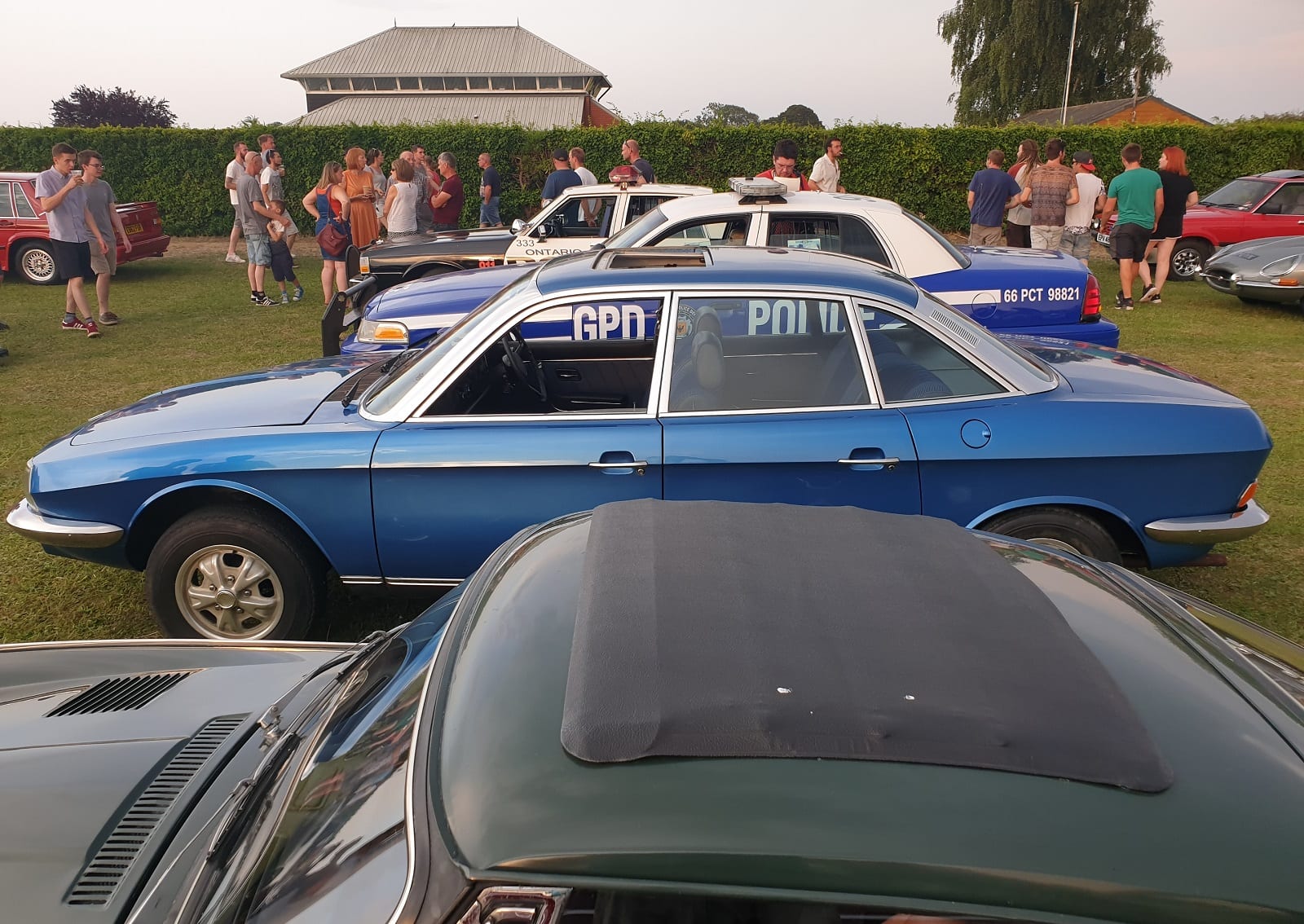You’d like Michael “Trigger” Carpenter. I’ve only met him a handful of times, and he’s such a very modest and personable bloke that I’ve come to number him among my friends. His exploits, though, deserve global recognition – particularly his services to the universe of unloved, unappreciated, underdog transportation.
He’s a serial owner and restorer of that kind of car that was barely tolerated when new and is roundly ridiculed by ‘normal’ folk today. Not that we’re normal folk, of course; who among us doesn’t feel sharp pangs of lust for Trigger’s gloriously basic Morris Marina Estate (winner of Best In Show at this year’s Hagerty Festival of The Unexceptional)?
Hero-worship isn’t my thing, though, and I’m here to share something else that Trigger (along with his mate Reuben “Roo” Ward) invests time and passion in: the East Coast Retros car club – which Practical Classics magazine has recently voted the UK’s Best Classic Car Club. I went along to a recent meet to see just what makes it so special.

I’ve never really fancied the idea of being involved in a single-make car club – the idea of devotion to a single marque or model, and the exaggerated loyalties and single-mindedness that can result, seems better to be observed from a safe distance than experienced from the inside. More generalised clubs have more appeal to me, and East Coast Retros is more generalised than most. For instance; at their gatherings, my own Rover is welcome and it’s “only” 22 years old and barely worth more than its value in mixed metals.
What makes my car welcome is that I’m passionate about it, and that’s a thread that unites every car and owner that has anything to do with East Coast Retros. Essentially, if you drive something that’s faded from the public imagination somewhat – the kind of car that either failed to capture the public imagination when new, or was once abundant but indifference and fashion has seen the ranks dwindle in numbers over the years – chances are you’ll be welcomed with open arms.

That’s not to say that any of the cars that turn up are anything less than droolworthy (from our own knowledgeable, appreciative perspective). The first thing that strikes you when wandering around the rows and rows of cars that turn up at a typical meet is the sheer diversity models represented. And, while the recognised classics you see wherever you go will never be turned away, they’re far less numerous than they tend to be. In their place, you’ll find cars of the kind you’ve not seen in the flesh for decades.
Where else can you find a Mk1 Vauxhall Astra parked next to an R31 Nissan Skyline? An E21 3 Series next to a ’76 Corolla? A Rover SD1 next to an R129 Mercedes SL? And if you’re a fan of the kind of Japanese cars that slipped from the wider public consciousness years ago, this is the place to be.

Unfortunately, I didn’t get to meet the owners of most of these – they were mingling, as they should have been. On future visits, I certainly will, though. Particularly the dude who runs this Datsun 260C, from whose gravity I was powerless to escape for several minutes, and it sucked me back in again when I passed it again half an hour later.

Those who live somewhere wall-to-wall and knee-deep with Mitsubishi Starions will forgive me for going all weak-kneed when I bumped into this one, forcing me to capture it from every angle in case I never saw one again.

Significant feelings of longing also swept over me when I caught a glimpse of this Datsun Laurel, which I had never imagined on Lotus Eclat alloy wheels, the fitment of which I now reckon should be mandatory. In fact, they should be fitted to every car on the road (and they share a 4×114.3mm stud pattern with my Rover, as it happens).

Some of the cars in attendance had clearly been lavished with every possible attention over the years, while some had clearly been more recently saved from oblivion and kept alive by a new enthusiasm. Witness this Metro, which has seemingly survived against all odds. Once-ubiquitous, the Metro became disposable family transport long before such waste was fashionable, and to see one that’s as old as me is a rare sight indeed.
It’s high time, though, that I stopped yammering and let the pics do the talking. I’m pretty confident that you’ll find at least something you like among them.










You can probably now see just why East Coast Retros collected that “best club” silverware. Practical Classics magazine said it was because “every car is welcome, every owner too”, and for a vibe that’s “almost that of a festival”.
For me, it’s deserved for the clubs ‘anything goes’ mentality. “If you love it, we’ll all love it”. Not so much a club as a support group for esoteric automotive fetishes.
(All images RoadworkUK / Hooniverse 2019. Thanks to Trigger for, well, doing good things)


Leave a Reply